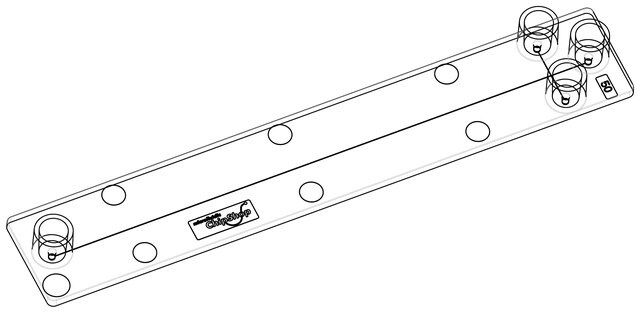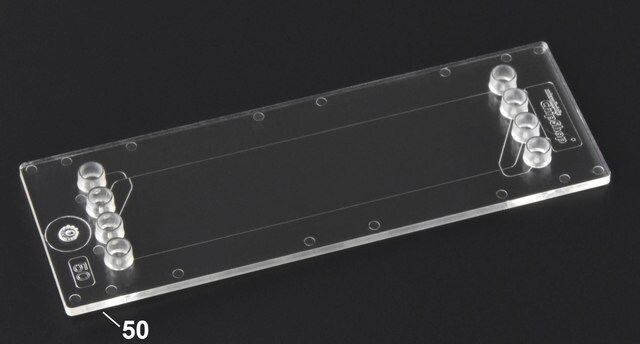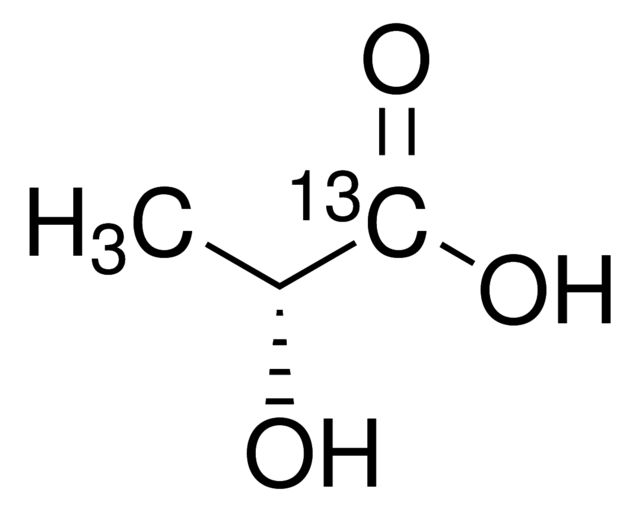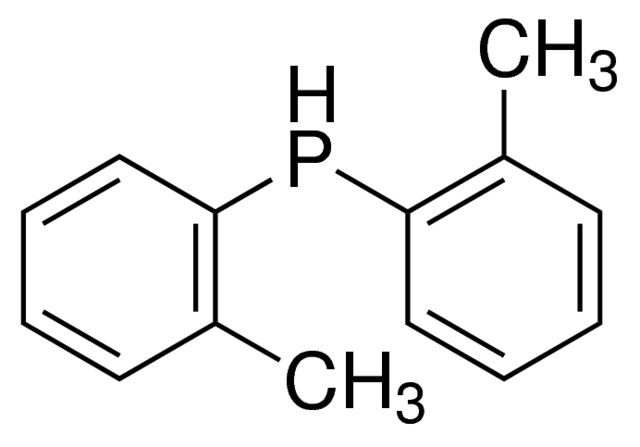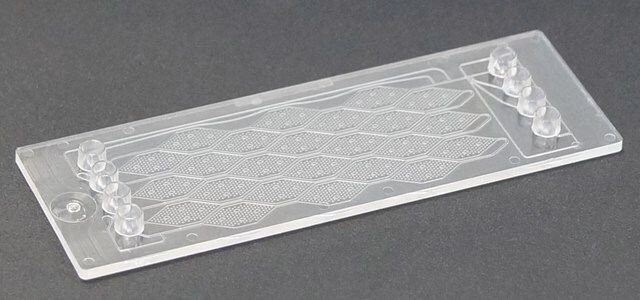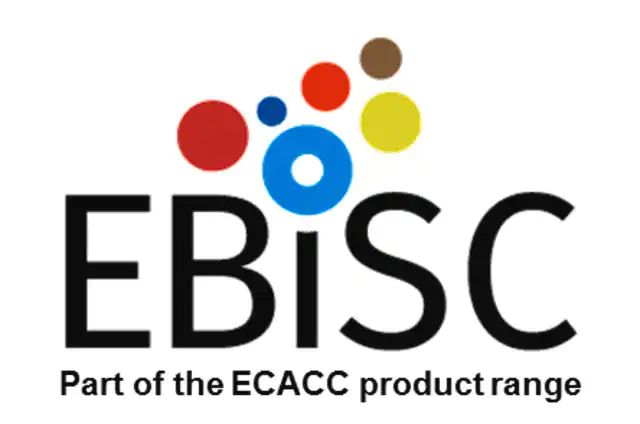产品说明
细胞系来源
Stably transfected with a pcDNA3.1/Hygro(+) based vector with a cDNA insert that had been modified to enable expression of Red-crowned Mangabey / Olive baboon FcγRIIIa as a GPI linked receptor
细胞系描述
Clone of CHO-K1 cells expressing Cercocebus torquatus (Red-crowned Mangabey) / *Papio anubis (Olive baboon) FcγRIIIa anchored to glycosyl phosphatidylinositol.
* Sequences predicted from NCBI DQ423376.1 and NCBI NM_001112647.1, respectively, are identical at the amino acid level
培养基
MEM (M2279) + 2mM L-Glutamine (G7513) + 1% Non Essential Amino Acids(NEAA) (M7145) + 10% FBS (F2442) with 600ug/ml hygromycin B
传代培养常规
Split sub-confluent cultures (70-80%) 1:3 to 1:6. Seeding at 2-5 x 10,000 cells/cm² using 0.05% trypsin/EDTA; culture conditions 5% CO2/95%air; 37℃
其他说明
Cultures from PHE Culture Collections and supplied by Sigma are for research purposes only. Enquiries regarding the commercial use of a cell line are referred to the depositor of the cell line. Some cell lines have additional special release conditions such as the requirement for a material transfer agreement to be completed by the potential recipient prior to the supply of the cell line. Please view the Terms & Conditions of Supply for more information.
引用
If use of this culture results in a scientific publication, it should be cited in the publication as: CHO-K1.Cl-0236 / CHO-K1.Cl-0239 (ECACC 15042909)
免责声明
This cell line has special release conditions: Commercial organisations are required to complete the ′Cell Line Release Authorisation for Research Use in Commercial Organisations′ release conditions form.
产品性质
| 生物来源 | hamster ovary |
| 描述 | CHO-K1, non-human primate FcγRIIIa, Fc gamma receptor 3A, Cercocebus torquatus, red-crowned mangabey, papio anubis, olive baboon |
| 生长模式 | Adherent |
| 形态学 | Polygonal |
| technique(s) | cell culture | mammalian: suitable |
| 运输 | dry ice |
| 储存温度 | −196℃ |




